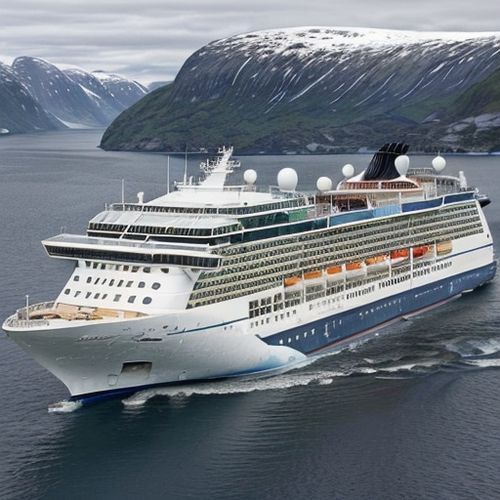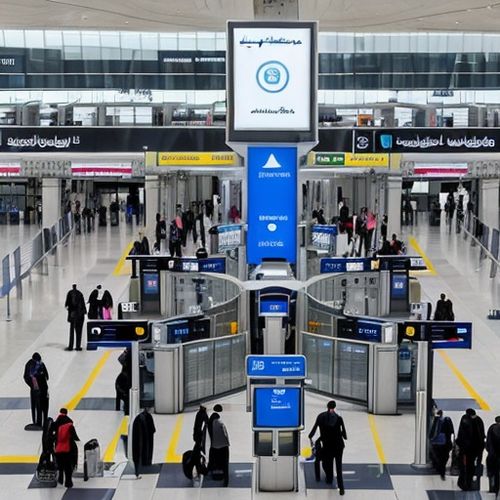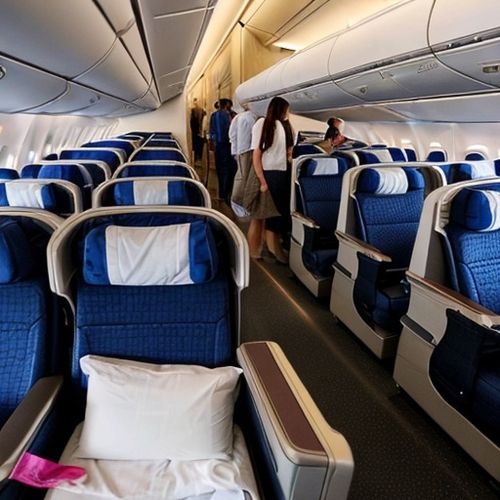The recent implementation of AI-powered immigration clearance at Dubai International Airport, which processes passengers in a mere 12 seconds, has sparked global interest. This groundbreaking system raises the question: will such technology become the standard at airports worldwide? The efficiency and speed demonstrated in Dubai suggest a potential revolution in international travel, but widespread adoption depends on multiple factors, including technological readiness, regulatory frameworks, and public acceptance.
Dubai's AI clearance system represents a significant leap forward in border control technology. By combining facial recognition, biometric scanning, and advanced algorithms, the system can verify a traveler's identity and documents in seconds without human intervention. This not only speeds up the process but also reduces staffing requirements and minimizes human error. The success of this pilot program has positioned Dubai as a leader in smart airport innovation, setting a benchmark that other nations are now considering.
However, the global rollout of similar systems faces several challenges. Privacy concerns remain a major obstacle, as many countries have strict data protection laws governing the collection and storage of biometric information. The European Union's GDPR, for instance, could complicate the implementation of such technology in member states. Additionally, some travelers may resist the impersonal nature of fully automated border control, preferring human interaction for security processes.
The infrastructure requirements for AI immigration systems present another hurdle. While wealthy nations like Dubai can invest heavily in cutting-edge technology, developing countries might struggle with the substantial costs of installation and maintenance. There's also the question of interoperability - for the system to work seamlessly across borders, international standards and cooperation would be essential. Currently, no universal framework exists for such advanced biometric systems.
Despite these challenges, the advantages of AI-powered immigration are compelling enough to suggest gradual global adoption. The dramatic reduction in processing times could help alleviate congestion at major airports, particularly as international travel continues to recover post-pandemic. The technology also offers enhanced security capabilities, as AI systems can detect fraudulent documents and identify suspicious patterns more effectively than human officers in many cases.
The aviation industry's response to Dubai's success has been notably enthusiastic. Several international airport operators have already begun exploratory talks with technology providers about implementing similar systems. Industry analysts predict that within the next decade, we may see a hybrid model emerging, where AI handles routine clearances while human officers focus on exceptions and complex cases.
Public education will play a crucial role in determining how quickly these systems spread. As travelers become more familiar with biometric technology through smartphone facial recognition and other applications, resistance to automated border control may diminish. Dubai's approach of emphasizing the convenience factor - highlighting the 12-second processing time in its publicity - provides a model for how to build public acceptance of the technology.
The environmental impact of faster processing shouldn't be overlooked either. Reduced queue times mean less energy consumption in airport terminals, contributing to the aviation industry's sustainability goals. This additional benefit makes AI immigration systems attractive from both operational and environmental perspectives.
Looking ahead, the global adoption of AI immigration systems will likely follow a staggered timeline. Wealthy nations with tech-savvy populations and existing biometric infrastructure will probably implement such systems first. Other countries may follow as costs decrease and international standards emerge. The ultimate goal would be a seamless global network where travelers can move between countries with minimal friction, supported by secure, efficient AI verification systems.
While Dubai's 12-second clearance currently stands as an impressive outlier, it may well represent the future of international travel. The coming years will reveal whether this technology becomes the global standard or remains limited to certain regions and airports. What's certain is that the success in Dubai has accelerated conversations about border control innovation worldwide, pushing the entire industry toward more efficient, technology-driven solutions.

By John Smith/Apr 11, 2025

By Samuel Cooper/Apr 11, 2025

By George Bailey/Apr 11, 2025

By Thomas Roberts/Apr 11, 2025

By Lily Simpson/Apr 11, 2025

By Jessica Lee/Apr 11, 2025

By Laura Wilson/Apr 11, 2025

By Olivia Reed/Apr 11, 2025

By Noah Bell/Apr 11, 2025

By Christopher Harris/Apr 11, 2025

By Emma Thompson/Apr 11, 2025

By Ryan Martin/Apr 11, 2025

By Grace Cox/Apr 11, 2025

By Sarah Davis/Apr 11, 2025

By James Moore/Apr 11, 2025

By Emma Thompson/Apr 11, 2025

By James Moore/Apr 11, 2025

By Victoria Gonzalez/Apr 11, 2025

By Michael Brown/Apr 11, 2025

By Grace Cox/Apr 11, 2025